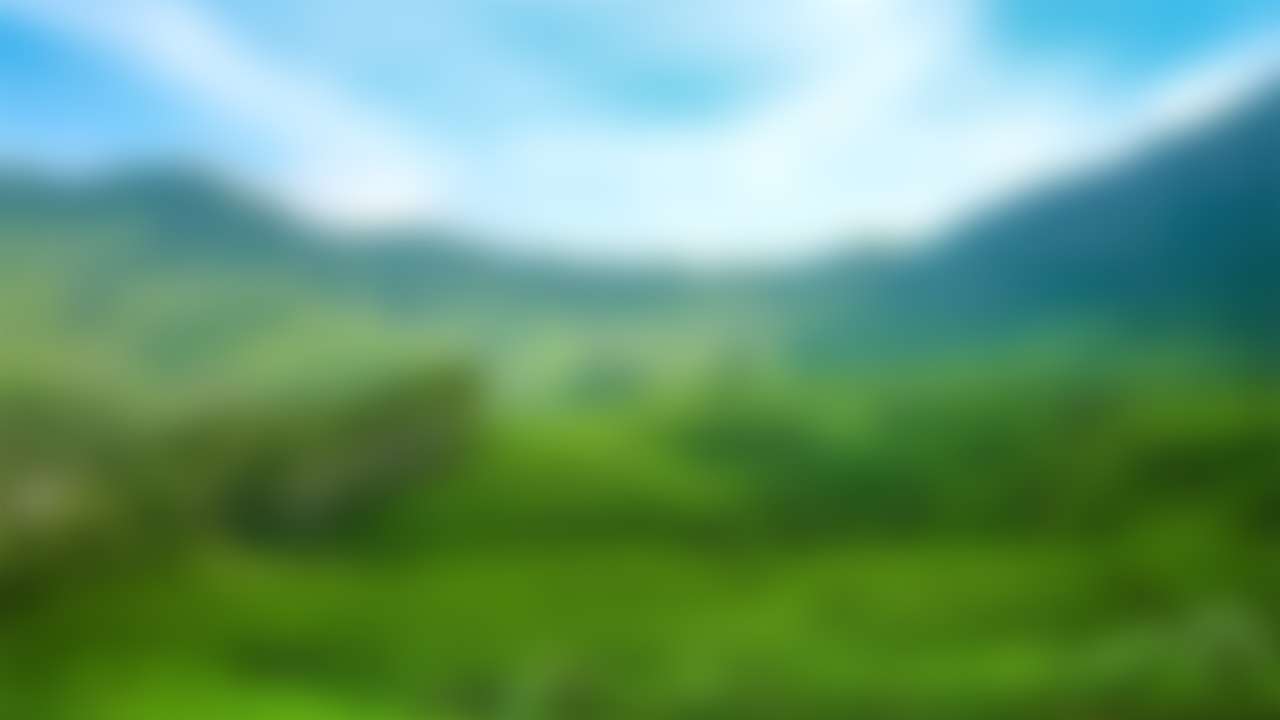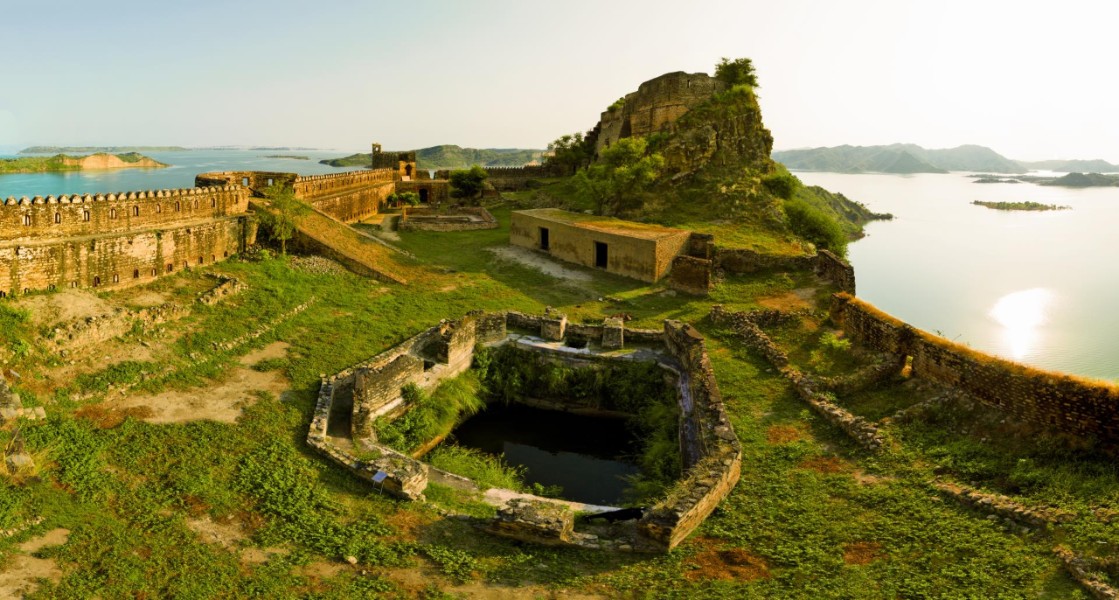
Sorry, we couldn't find anything that matches your search.
Destination

Famous Places to Explore in Hyderabad
A vibrant city with the imposing...

Raipur Tourist Places | Best Place to Visit
The stronghold of several erstwhile...

Ahmedabad
Declared as India's first UNESCO World...
#
Kanak Bhawan
Built by Teekamgarhs (now Madhya Pradesh) queen, Vrishbhanu Kumari, the beautiful temple of Kanak Bhawan is dedicated to Lord Rama and his consort, Goddess Sita. Bearing a stark resemblance to the opulent palaces of Rajasthan and Bundelkhand region, the temple is sometimes referred to as sone-ke-ghar mandir.
Legend has it that the temple was gifted to Goddess Sita by Lord Rama's stepmother, Queen Kaikayi, when she arrived in Ayodhya after her marriage to Lord Rama. The temple's central hall boasts arched doorways on three sides and its sanctum sanctorum houses gold crowned idols of Lord Rama and Goddess Sita. The idols are beautifully decorated with heavy gold ornaments, which is why the temple is called Kanak Bhawan, �kanak� meaning gold. The temple can be visited on all days of the week from 8 am to 11.30 am and from 4.30 pm to 9 pm.

Nageshwarnath Temple
Located at Ram-ki-Pairi, the Nageshwarnath Temple is a prime attraction of Ayodhya. The temple is dedicated to Lord Shiva and its sanctum sanctorum houses one of the 12 jyotirlingas (a devotional representation of Lord Shiva) in India. It is believed that the temple was raised by Lord Rama's younger son, Kush. Legend has it that when Kush lost his armlet, while bathing in River Saryu, it was found by a nag-kanya, who fell in love with him. Kush got a Shiva temple built for the nag-kanya, who was a devotee of Lord Shiva. The temple was renovated by Naval Rai, a minister of Nawab Safdar Jang in 1750. The best time to visit the temple is during the Shivratri festival, which is celebrated with great religious fervour here and a baraat (procession) of Lord Shiva is also taken out.

Hanuman Garhi
Hanuman Garhi temple is one of the most popular attractions of Ayodhya and houses a beautiful statue of Lord Hanuman sitting in the lap of his mother, Anjani. The much revered temple is visited by scores of devotees throughout the year. To reach the 10th century temple, visitors need to climb 76 steps. Legend has it that Lord Hanuman stayed here in a cave and protected Ramkot, believed to be the birthplace of Lord Rama. The grand temple complex is designed like a four-sided fort and each of its corners is adorned with circular bastions. It is a popular custom that devotees visiting the Ram Temple in Ayodhya should first pay a visit to Hanuman Garhi and seek the blessings of the god.

Treta-Ke-Thakur
A popular attraction in Ayodhya, the treta-ke-thakur Temple is dedicated to Lord Rama, who is referred to as the Lord of the Treta Yug (second out of the four yugas or ages of mankind, as per Hinduism). Located at Ayodhya's Naya Ghat, the temple was built by the king of Kullu 300 years ago and continues to draw devotees in large numbers. The temple holds immense religious significance. Legend has it that it was here that Lord Rama had conducted the 'Ashwadmedha Yagya' to celebrate his victory over Ravana. The temple houses idols of Lord Rama, Goddess Sita, Lord Lakshmana, Lord Hanuman and other important mythological deities from the epic, Ramayana. These have been carved out of a single block of black stone. The best time to visit the temple is during the Hindu calendar month of Kartik (October-November), when the temple is flocked by devotees on the eleventh day of the month Ekadashi.

Tulsi Smarak Bhawan
Built in the memory of Goswami Tulsidas, who authored the Ramcharitmanas in Awadhi language and the Hanuman Chalisa, the Tulsi Smarak Bhawan houses the Ayodhya Shodh Sansthan (Ayodhya Research Centre). It is an organisation that studies and ascribes the cultural, spiritual and literary tradition of the city of Ayodhya. The bhawan also houses a round-the-year exhibition on Ramayana art and craft and a library. Daily enactment of Ramlila and recitation of Ramkantha also takes place here. Tulsi Smarak Bhawan hosts various religious events, prayer meetings along with plays that are performed by veteran artistes. Ramkantha Museum was established within the institution, in 1988, and through its collection of antiques, it brings forward the historical perspective of the city.

Guptar Ghat
Situated on the banks of River Saryu, Guptar Ghat holds immense religious significance. According to legend, this was the place where Lord Rama had taken his last dip (jal samadhi) to leave the earth and go back to his original abode 'Vaikunta'. It is a popular belief among devotees that taking a dip in the Saryu river on this ghat will wash away their sins and relieve them from worldly worries. The ghat resounds with the chants of Lord Rama's name as devotees and priests sing hymns in his praises. Tourists can also visit Raja Mandir and Chakra Harji Vishnu Temple located near Guptar Ghat, which is lined with temples of Ram Janki, Charan Paduka, Narasingh and Lord Hanuman. The well-maintained ghats were built by Raja Darshan Singh during the first half of the 19th century.

Gorakhpur
Steeped in spirituality and history, Gorakhpur boasts a rich cultural heritage. Lying about 13 hours from Ayodhya, it is best known for the shrine of saint Gorakshnath, who practised austerity here and is the inspiration behind the city's name. There are a number of spiritual, cultural, archaeological and natural sites around the city that have been named after the saint. The city is dotted with temples, the most prominent of which is the Arogya Mandir that offers a host of natural therapies. Tourists can also visit the Gorakhpur Temple and the Ramgarh Tal, a serene lake sprawling over 700 hectare. Visitors can also head to the Kushmi Forest that is a dense expanse of sal and sequoia trees. Another notable spot is the Veer Bahadur Singh Planetarium. The city is renowned for the Gorakhpur Press that publishes Bhagwad Geeta.

Ramkot
Perched atop a hill, Ramkot Temple is the chief place of worship in Ayodhya. An ancient citadel, it lies on an elevated platform and, as per popular belief, marks the site of Lord Ramas fort. Thousands of devotees visit this temple throughout the year but the best time is during the Hindu calendar month of Chaitra (March-April) when the birth anniversary of Lord Rama Ramnavmi is celebrated with great fervour. Various cultural programmes are organised at the temple in honour of Lord Rama, and make for an interesting experience. The temple offers sweeping panoramic views of the entire city, including a bird's eye view of its marvellous temples and scenic ghats. Legend has it that this citadel was guarded by Lord Hanuman from a secret cave. The temple remains open on all days of the week. The visitation timings are from 7 am to 11 am and 2 pm to 6 pm.

Prabhosa
Located in Kaushambi, Prabhosa Hill is one of the most important sites for Buddhists in India. It is believed to be the place where Lord Buddha spent his sixth Rains Retreat, a three-month period when monks observe silence and do not travel. The hill was also known as Mankula in ancient times and finds a mention in the travel memoirs of Chinese traveller Xuanzang, who visited the place in the 7th century and found a stupa constructed by emperor Ashoka. The rocky terrain of the hill is dotted with caves and the largest of them is Sita's Window. Historians suggest that this might be the exact spot where Lord Buddha stayed during his visit to Prabhosa. On climbing the top of the hill, tourists can get commanding views of River Yamuna and the quaint temple town of Prabhosa.

Patan Devi
Located on the outskirts of Ayodhya, the siddhapeetha of Patan Devi is one of the 51 shaktipeethas (devotional shrines where the severed body parts of Goddess Sati fell) in India and holds immense religious significance. According to legend, this was the place where the right shoulder of Sati had fallen. The temple is also linked with the great warrior Karna, of the epic Mahabharata, who is believed to have built the Surya Kund located right next to the shrine. The temple was reconstructed by king Vikramaditya and was later renovated by the ruler of Sravasti King Suheldev in the 11th century. It houses the idols of Goddess Kali, Kal Bhairav and others, along with the imposing idol of the presiding deity. The temple lies on the road leading to Chaudharidih from Tulsipur.





